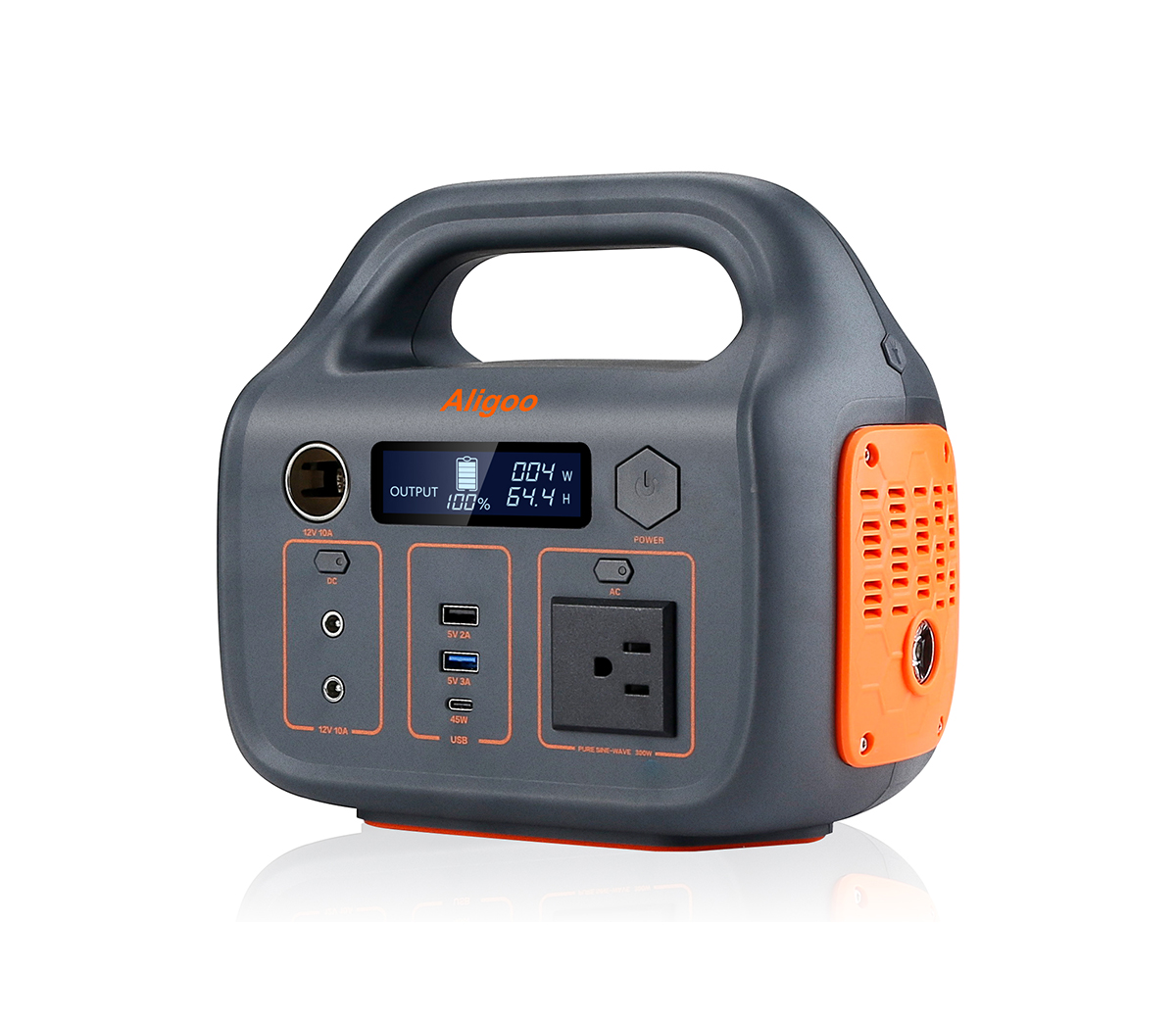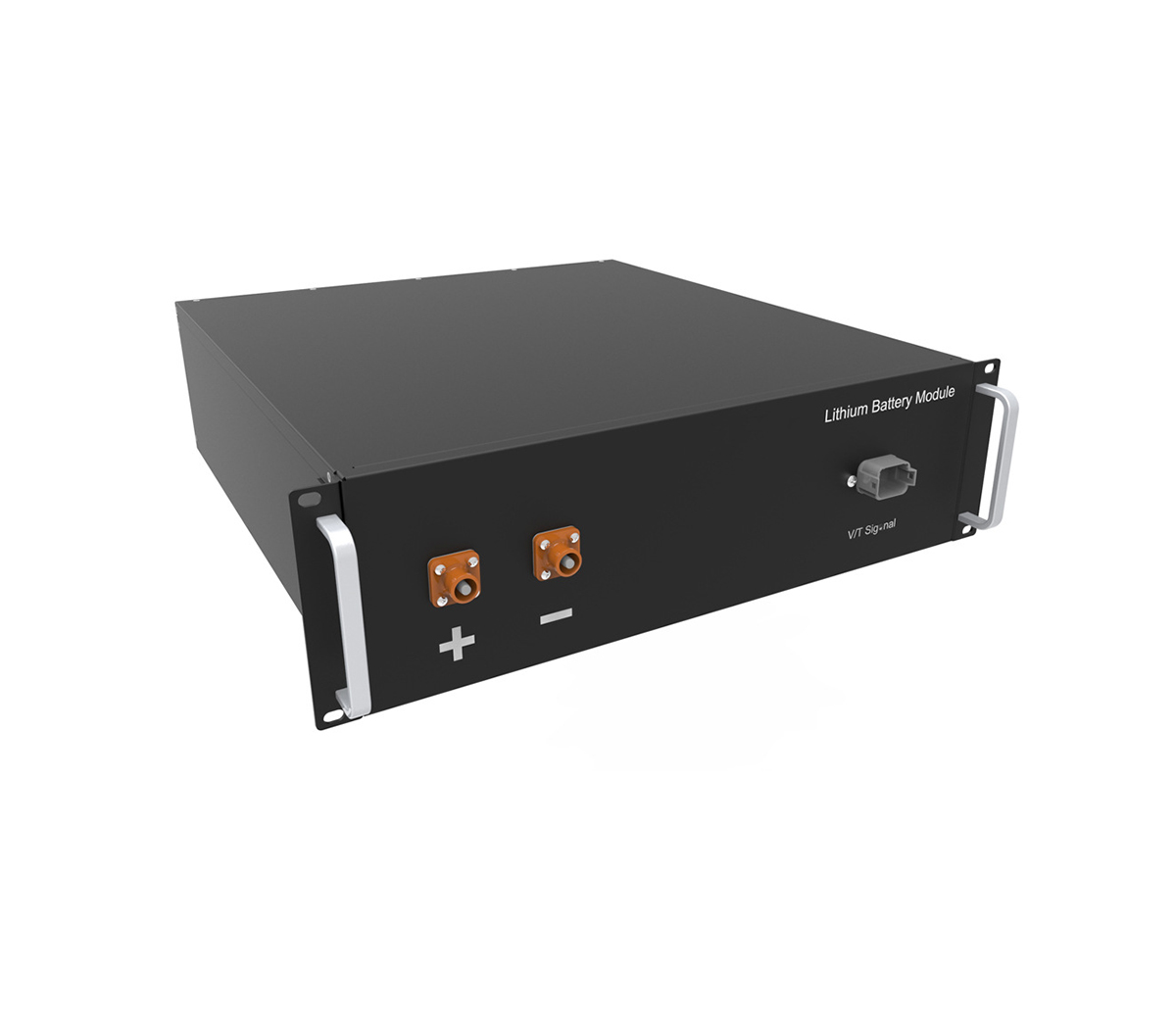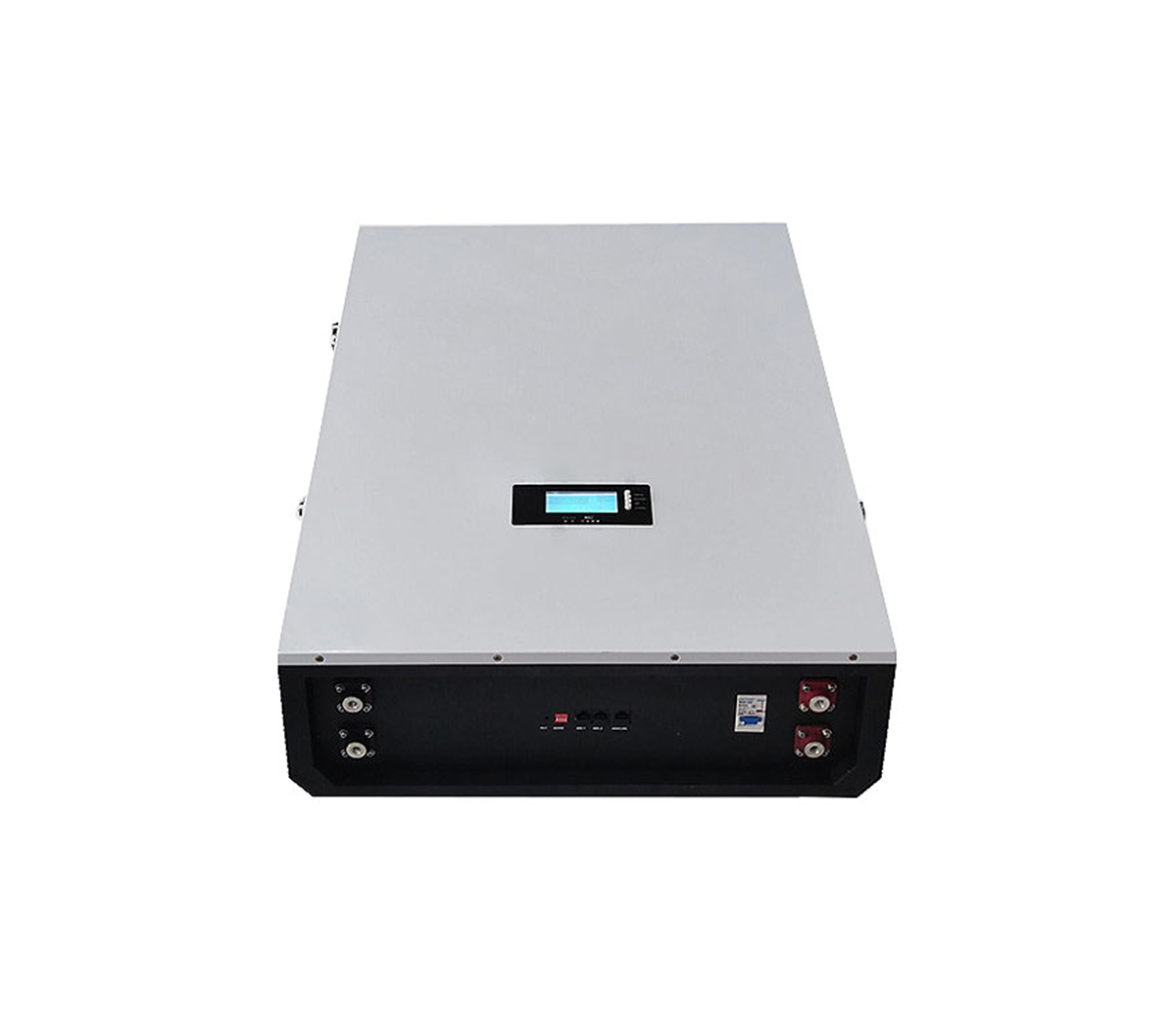Brief description of lithium ion battery management system
Mainly briefly describe the lithium-ion battery management system, so that
everyone can further understand the relevant knowledge of lithium-ion
batteries.
1.1 Naming Rules
Single cell (CELL): The most basic element of a battery, a single cell,
providing 3V-4V.
Battery block (BLOCK): Single cells are connected in parallel, providing a
voltage of 3V-4V.
BATTARY: An independent physical module composed of a series of single
cells or battery blocks in series, which can provide a higher voltage.
Battery pack (pack): A battery assembly composed of many batteries
connected in series or in parallel.
1.2 Safe operation area
The safe operating area of lithium-ion batteries is determined by
current, temperature, and voltage.
●If the voltage threshold is overcharged, the battery will be destroyed
quickly, and it will explode in severe cases.
●Most lithium-ion battery cells will be destroyed if they continue to
discharge when the voltage is below the threshold.
●If the lithium ion battery is discharged outside a certain temperature
range, or charged in a relatively smaller temperature range, the life of the
lithium ion battery will be seriously damaged.
●Lithium-ion single batteries that have been working outside the allowable
temperature range for a long time are prone to thermal runaway and spontaneous
combustion imagination. Even the single battery that is not prone to thermal
runaway, the organic electrolyte contained in it will help combustion.
●Lithium-ion single cells will be damaged if they work for a few seconds
under high pulse current.
1.3 Energy Output power: P=2.3Ax3.3V=7.59w
Power loss: P=2.3Ax2.3Ax0.01R=0.053w
Conversion rate: (7.59-0.053)/7.59=99.3%
Charging power: P=2.3x (3.3+0.01x2.3)=7.6429w
Two-way charging power: (7.59-0.053)/7.6429=98.6%
As the current increases, the energy efficiency will decrease accordingly.
More energy will be wasted in the single battery in the form of heat energy, and
the energy of the single battery will be reduced accordingly.
1.4 Charge
Although the amount of charge in the charge and discharge is equal, the
energy released by the discharge is less than the energy stored by the
charge.
1.5 calendar life
The chemical reaction that occurs inside the standard lithium-ion single
battery when the voltage is higher than 4.0V in the fully charged state.
1.6 cycle life
The capacity of a single battery shows a linear decay trend with the
increase of the number of charge and discharge cycles, and the rate is related
to the size of the discharge current of the single battery.
Part of the capacity loss is attributed to the loss of active material
inside the single battery, and the other part of the capacity is not lost, but
not used; the insufficient charge and discharge of the single battery is
determined by the increase in internal resistance and the fixed cut-off voltage
set by the manufacturer .
1.7 Modeling
Dynamic internal resistance is defined as the ratio of voltage change to
current change
R=dV/dI
SOC: The internal resistance is larger when the SOC is higher and
lower.
Temperature: The internal resistance is larger when the temperature is
lower.
Current: The internal resistance is larger when a larger current is
discharged.
Use: The internal resistance increases as the number of uses increases.
1.8 Voltage equalization problem of series string
2.1 Lithium-ion battery management system The role of the battery
management system is to ensure that the internal single cells of the managed
battery work within their own safe working area.
●Compared with other chemical batteries, lithium-ion batteries cannot
tolerate battery abuse. ● Large-scale battery packs composed of a large number
of single cells in series are more prone to overcharge and overdischarge due to
the unbalanced voltage of the internal single cells. Overcharge and
overdischarge of lithium ion battery are never allowed. definition:
●Battery monitoring
●Battery protection
●Battery state estimation
●Maximize battery performance
●User or external device feedback
Function:
●Prevent any lithium-ion battery voltage from exceeding the limit by
actively stopping the charging current or feeding back the stop charging
information.
●Prevent any lithium-ion battery temperature from exceeding the limit by
directly stopping the battery current, feeding back the stop operation
information or starting the cooling device.
●Prevent the lithium-ion battery voltage from being too low by stopping the
charging current or feeding back the stop operation information.
●Prevent the battery charging current from exceeding the limit by feeding
back the current reduction or cutting off information or directly cutting off
the current.
●Prevent the battery discharge current from exceeding the limit.


































